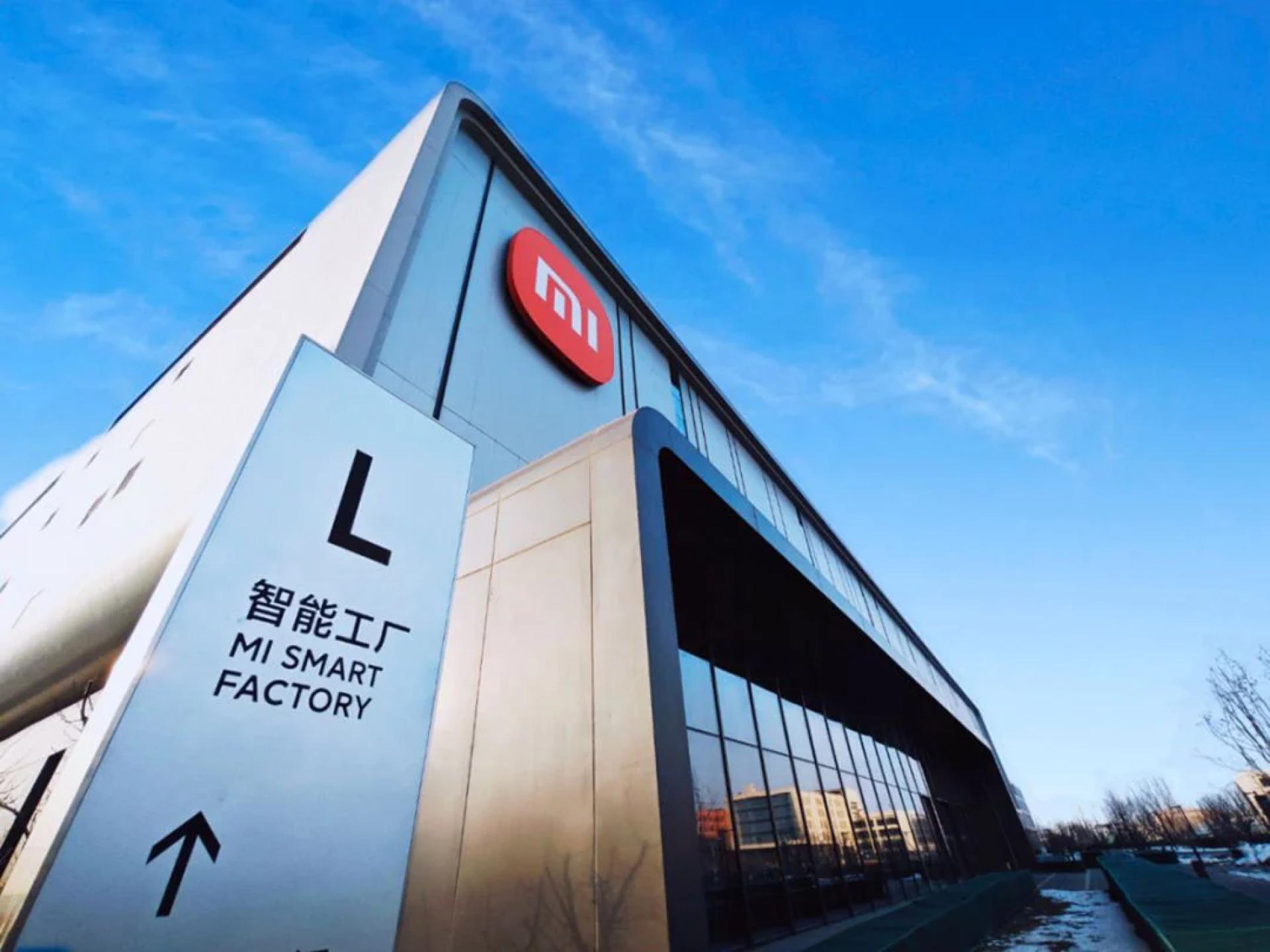The ongoing US-China economic and trade confrontation continues, and in order to enhance economic strength, American media have quoted insiders suggesting that as "Made in China 2025" approaches its conclusion, the Chinese government is drafting an overall plan for technological self-sufficiency over the next decade. Priority projects include key technologies and equipment such as semiconductor manufacturing, with another possible five-year plan aimed at maintaining the stability of China's manufacturing share in domestic GDP in the medium to long term.
"Made in China 2025" was initially announced by the State Council of China on May 8, 2015, with a "three-step" strategy to transform China into a manufacturing power. However, since 2018, it has faced opposition from the US and the EU, along with the onset of the US-China trade war, leading to a more low-key approach, with Chinese officials and state media no longer emphasizing it.
According to insiders cited by American media, the Chinese government is considering plans for a future version of "Made in China 2025" to promote the production of high-end technology products. The new 10-year plan is expected to prioritize the development of technologies such as chip manufacturing equipment. However, to avoid provoking further backlash from Western countries, it may not continue to use the name "Made in China 2025" or similar titles.
Another insider indicates that a group of decision-makers is responsible for formulating the Chinese government's five-year plan, starting from 2026, which attempts to maintain the manufacturing industry's share of GDP in the medium to long term. There was even a discussion about setting a specific "consumption share of GDP" as a future economic goal, but the current inclination is not to pursue this.
According to insiders, the planning content is still under discussion, with the five-year plan expected to be released to the public at the National People's Congress annual meeting in March 2026. The new manufacturing blueprint could be announced before or after the meeting.
In terms of China's technological self-sufficiency and competition, Xiaomi recently released its self-developed 3-nanometer process SoC chip "Xuanjie O1," becoming the second Chinese tech company after Huawei to develop and commercialize its own SoC chips. However, foreign media also reported that there were rumors of the "Xuanjie O1" using TSMC's advanced 3-nanometer process. The US Trump administration may not ignore this issue, and due to concerns over Xiaomi's technology potentially flowing to other Chinese companies, it might prohibit TSMC from cooperating with Xiaomi.
